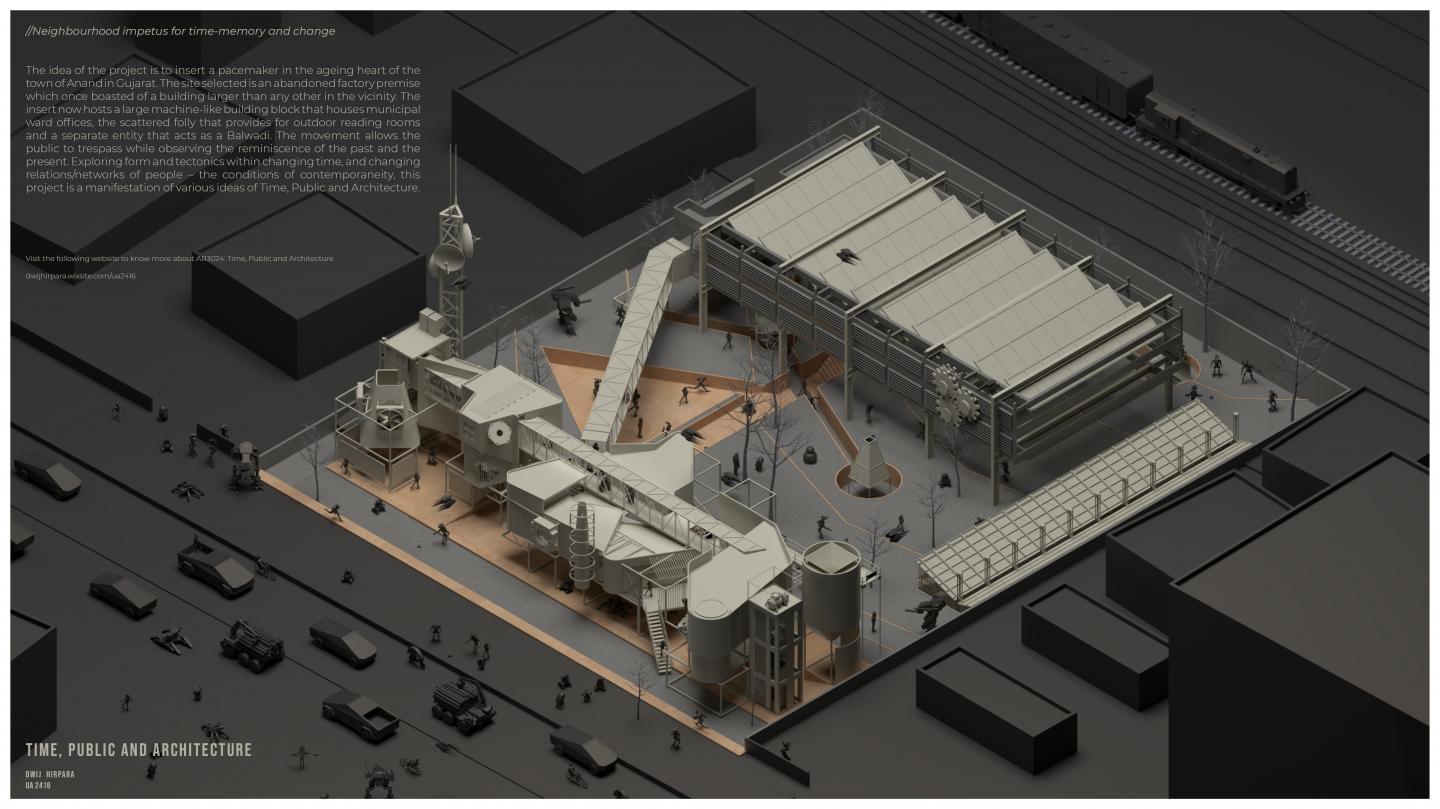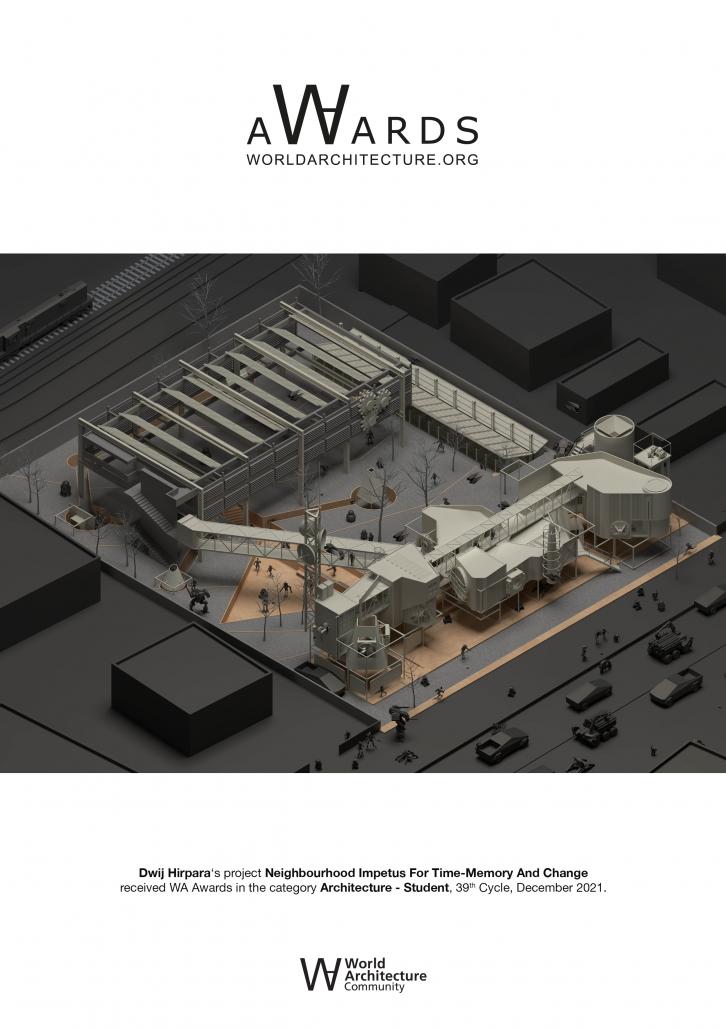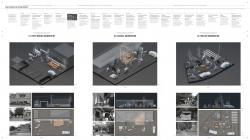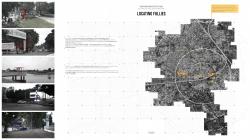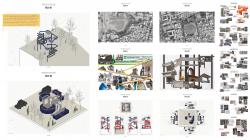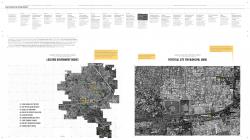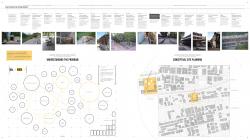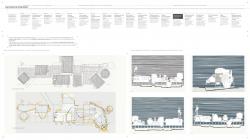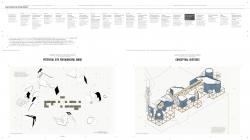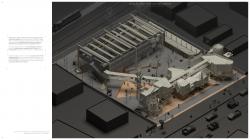//Neighbourhood Impetus For Time-Memory And Change
The political will of bringing a neighbourhood stimulus was to attenuate notional boundaries which are always porous and allow metathesis of activities to adapt to an expanding culture. The program consists of a municipal ward and other public services that are introduced as a retrospective of physical design and social intervention. By looking at the neighbourhood as a reflection of a combination of events, activities, and thought-objects, the idea of this project is to insert a 'pacemaker' in the ageing heart of the town.
Introduction to the idea of a neighbourhood began with the realization of numerous activities which are indissociable activities comprising an impalpable form of a fabric that we know as our neighbourhoods. The site is an abandoned factory premise which once boasted of a landmark building in a much unconscious industrial heritage of the vicinity. Through a further understanding of the influence of mechanization on society and its role in contemporary times, this public intervention forms an ethos of its own and is a manifestation of various narratives of Time, Public, and Architecture.
The design intervention functions like a machine that runs the city while its site edges are composed of municipal ward offices overlaying with other public activities. The conceptual framework and its integration allow substantive movement for people to reminisce and revive the past to serve a present purpose while its form and tectonics give birth to an exploration of changing times and networks. Thus, by living through the process of history and heritage, the user is immediately enticed by a rich sense of the existent past and an awareness of the present.
The first part consists of the idea behind the mindmaps which describe various keywords defining values and choices, the differences between people and the public, and how the idea of ‘architecture is political, and not just art’. The design is based on ideas of time and it’s manifestations concerning public negotiations and their encounter in daily life. The built environment is a physical and tectonic object that has an expanding life and evolving history relating to ecologies that are influential on the way we understand the architectural elements and the way meanings and ideas of any material changes.
Our neighbourhoods have notional boundaries which are always porous and allow osmosis of activities to adapt to an expanding culture. Exploring these boundaries, my neighbourhood walks helped me to understand and classify the various parts involved in its functioning and its resultant multifaceted skin. It is not an architecture to house an activity, but a thought object that enhances, plays and converses with the neighbourhood. It was also observed that these thought-objects dealt with the edge conditions of a site when placed in the community. Taking a specified element such as a balcony, this exercise was a combination of ideas like the ‘political balcony’ and the ‘social balcony’.
The site is addressed as an Urban Flux - something in constant change. While taking fragments of the past, the municipal ward takes the role of the machines which are the key objects of an industry - hence the city itself. It is an ensemble to evoke memories of mechanisation and habitation in the continuum of an idea of the birth of a city. The volumetric inquiry in search of an architectural language led to the process of exploding, scaling up, composing spaces in terms of three-dimensional volumes. Then the element of the wall as a connector rather than a divisor of spaces was introduced, as shown in the sketch plan.
The architectural form provokes a powerful discourse in regards to the social responsibility of public functions to enrich shared urban spaces. Its form and tectonics gave birth to an exploration of changing times and networks. Hence by breaking through the process of history and heritage, the user is immediately enticed by a rich sense of the past as well as an awareness of the present. Understanding the scale and the volumetric language that interacts uniquely to both - the inside and the outside, the facades become an archaeological scenery providing physical and metaphorical intimacy with times past, concerning the ‘machine - industry ethos’. With such understanding of the influence of mechanisation on society and its role in contemporary times, the resultant project forms an ethos of its own and is a manifestation of various ideas of Time, Public and Architecture.
2020
0000
Project Title: Neighbourhood Impetus For Time-Memory And Change
Designed: Monsoon 2020
Project type: Undergraduate Academic
Designed by: Dwij Hirpara
Course Tutor: Kaiwan Mehta
CEPT University, Ahmedabad, India
Neighbourhood impetus for time-memory and change by Dwij Hirpara in India won the WA Award Cycle 39. Please find below the WA Award poster for this project.
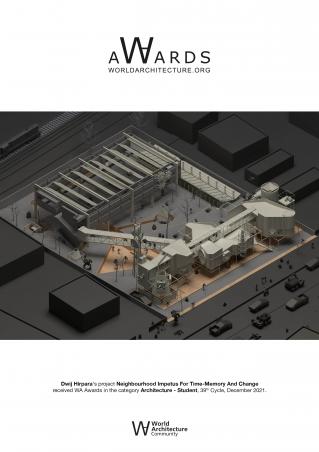
Downloaded 0 times.
Favorited 4 times
